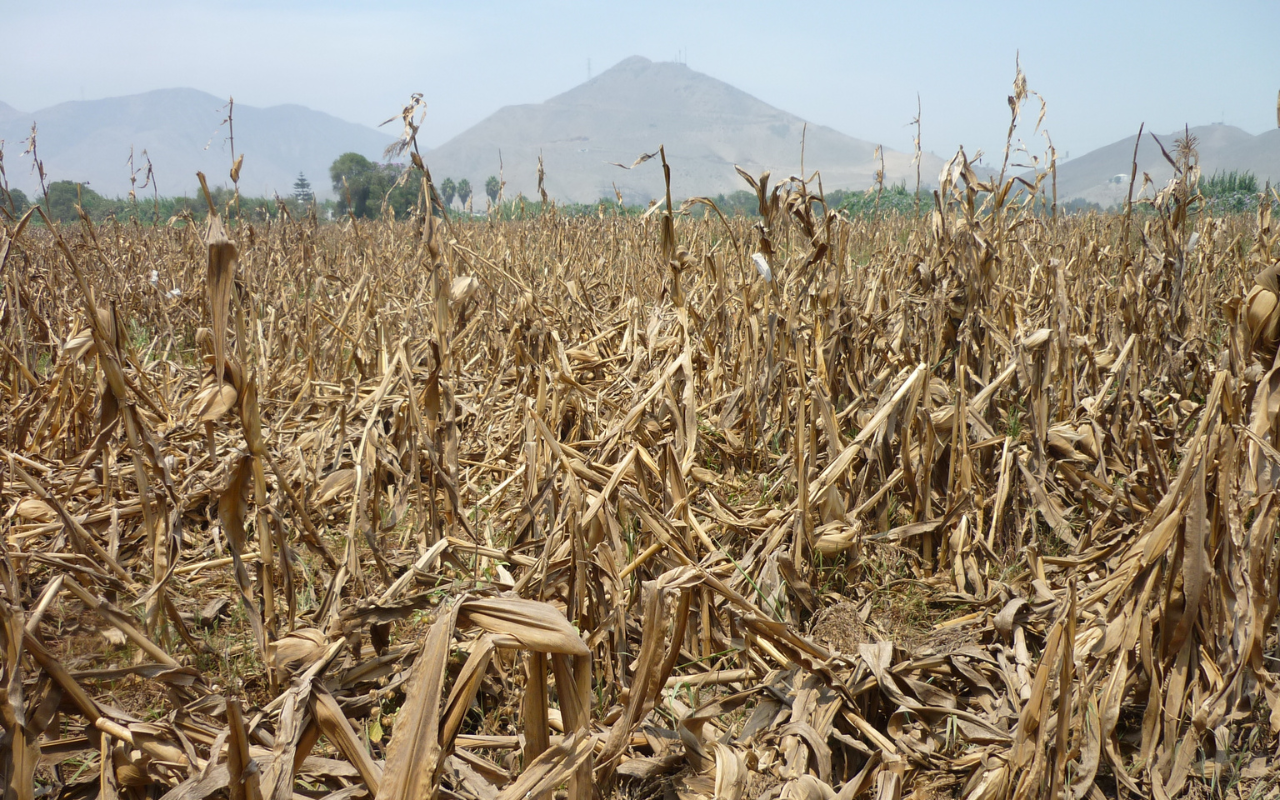Building climate-resilient and equitable food systems: Why we need agroecology
Agroecological methods target diversity and resilience and can thus promote the protection of forests, water and soil. Julia Tomalka and Christoph Gornott, Potsdam Institute for Climate Impact Research (PIK), on the potential of agroecology to safeguard against climate change and build resilient agricultural and food systems.

Against the backdrop of current world events, it goes almost unnoticed that Eastern Africa is facing an unprecedented food crisis. Rains have failed for four consecutive seasons, fueling a deadly cycle of drought, hunger and famine. This crisis comes at a time, when the COVID-19 pandemic has strained millions of people through nearly three years of sickness and trade restrictions, while the war in Ukraine is driving the costs for food to record highs.
These multiple crises make life difficult in Eastern Africa, in particular for smallholder farmers who crucially depend on agriculture. While climate change is clearly an important driver, food security has been further undermined by unsustainable farming practices like mono-cropping and over-tillage, and a general trend towards an input-intensive agricultural production, i.e. one that relies on purchased nitrogen fertilizers, pesticides or patented seeds. However, many farmers in the region, in particular women, farm on a small subsistence scale and have limited access to agricultural inputs and the tools needed to engage in this type of farming.
Various countries in Eastern Africa have expressed their will to address these challenges by moving away from input-driven agriculture towards more regenerative, local farming systems which are more resilient by securing stable harvests over a long time and also in the face of extreme events.
For example, in its National Adaptation Plan, Kenya commits to supporting practices like integrated soil fertility management or water harvesting, while promoting indigenous knowledge and healthier diets. In Tanzania, many rural communities are increasingly applying agroforestry, where trees are grown along with crops. Such farming systems help to protect the climate and give richer, more varied and stable harvests.

These alternative practices are increasingly pursued under the umbrella of agroecology, a holistic approach which puts rural ecosystems and communities first. Essentially, agroecology seeks to farm in ways that create positive interactions between the different elements of agroecosystems like crops, water, soil, trees, animals and people; and to build food systems based on local knowledge, strong farmer participation and proximity between different value-chain actors. Indeed, connectivity is a major issue: Many farmers in Eastern Africa live in extremely remote locations with poor access to roads and markets. In Somalia, only 20 percent of the rural population live with 2 km of an all-season road.
Yet, agroecology is not specific to Eastern Africa. In many parts of the world, agroecology is regarded as the new paradigm for transforming food systems. For example, in India, a country which faces similar challenges in terms of drought and food risks, many smallholder farmers are shifting to organic farming and applying traditional techniques like Beejamrit – an organic seed treatment made from cow dung, cow urine, lime and soil. Another technique applied in Western Africa are the so called Zaï pits – a water and nutrient saving practice. With techniques like these, agroecology has the potential to create sustainable food systems, which are climate-resilient and will feed people even in times of drought, or flooding – a climate extreme which can equally harm crop yields, as we have seen by the drought in Madagascar or the flooding in Pakistan in mid-2022.
Agroecology is an approach for all farming systems, however, it holds a particular promise for women farmers, who often bear multiple burdens through responsibilities in the household and on the field.
A greater appreciation and protection of natural resources would benefit women, who tend to be the guardians of these resources, most prominently of water, yet often without decision-making power. A stronger focus on locality and proximity, on the other hand, would create opportunities and save time, where women lack access to transportation or are engaged in other tasks.
If brought to scale and designed in a way that includes all farmers – both the widowed, elderly woman and the young man from an ethnic minority – agroecology can fundamentally transform food systems towards greater climate resilience and equity.

